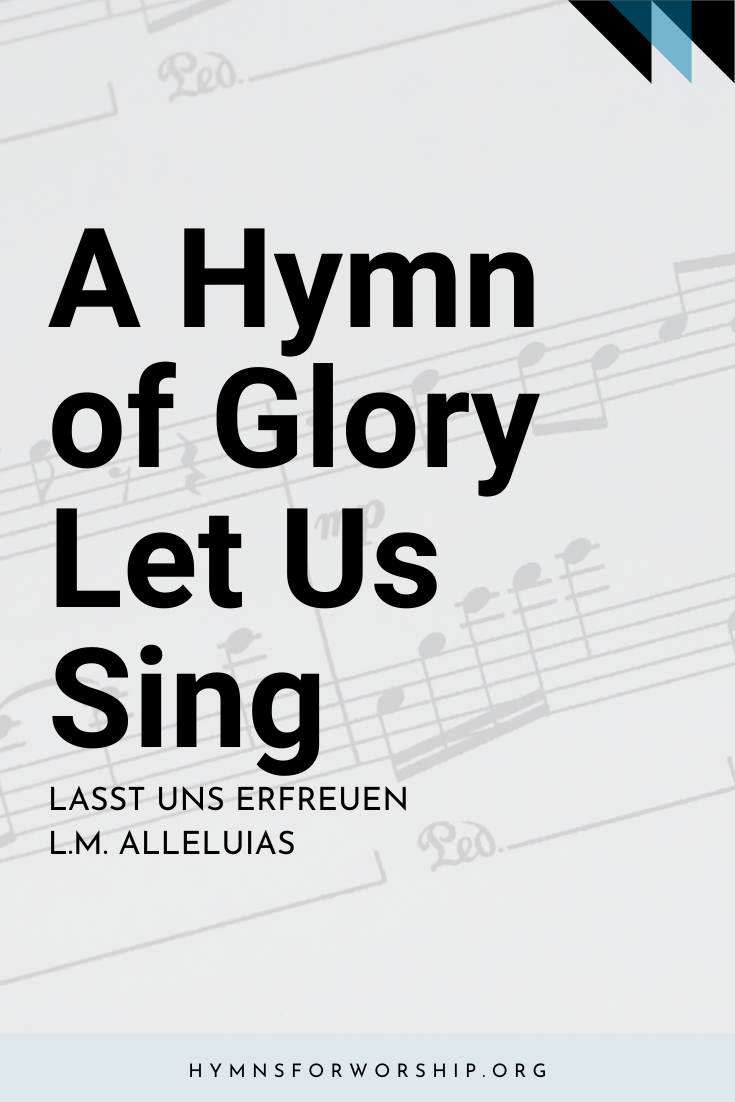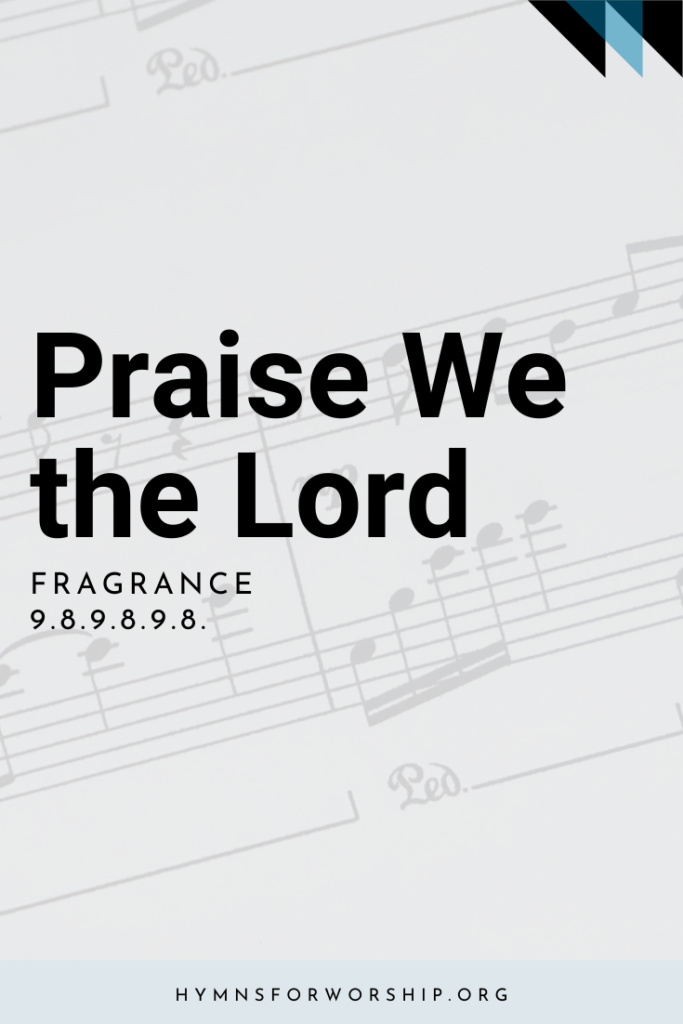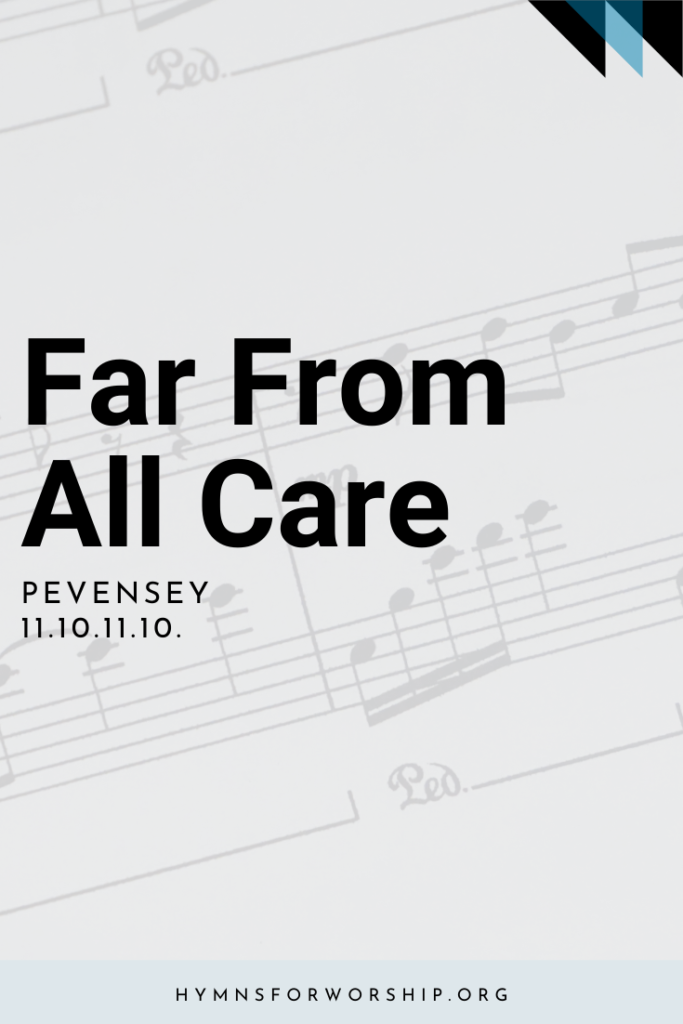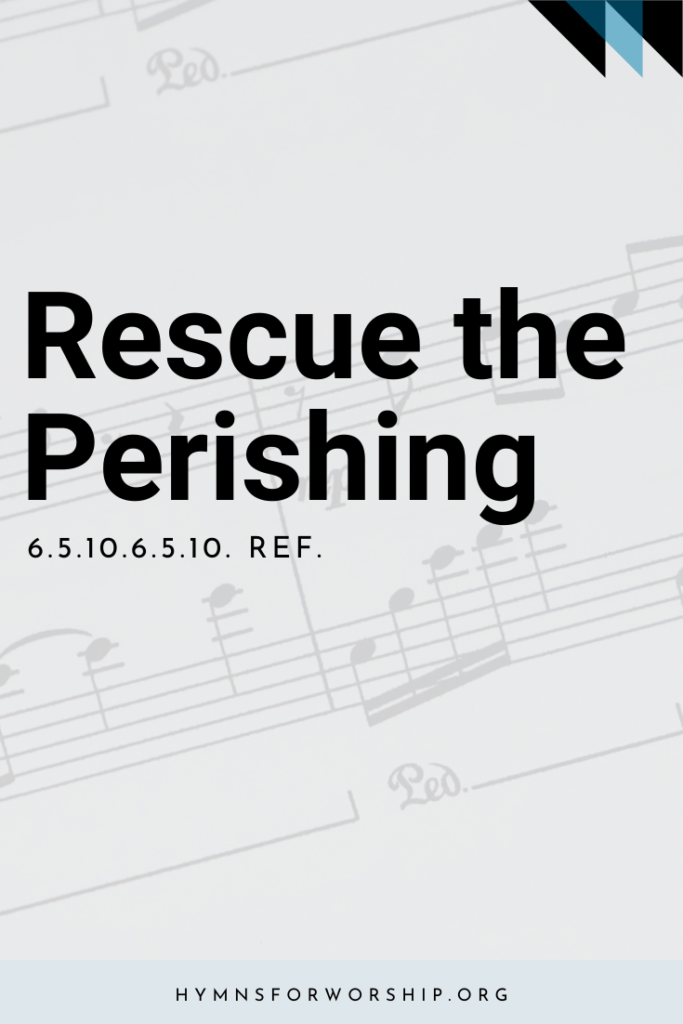JESUS CHRIST >> GLORY & PRAISE
SDAH 228
A hymn of glory let us sing;
New hymns thro’-out the world shall ring
Alleluia! Alleluia!
Christ, by a road before untrod,
Ascends unto the throne of God.
Alleluia! Alleluia!
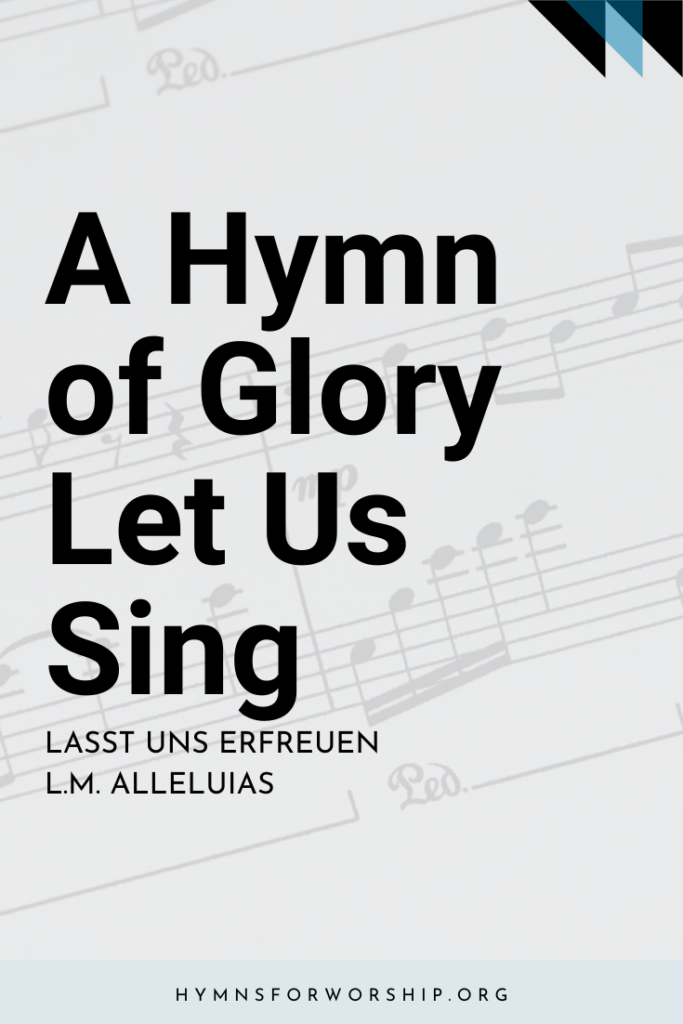

Text
1
A hymn of glory let us sing;
New hymns thro’-out the world shall ring
Alleluia! Alleluia!
Christ, by a road before untrod,
Ascends unto the throne of God.
Alleluia! Alleluia!
Alleluia, alleluia, alleluia!
2
O Lord, our homeward pathway bend,
That our unwearied hearts ascend.
Alleluia! Alleluia!
Where, seated on Your Father’s throne,
You reign as King of kings alone.
Alleluia! Alleluia!
Alleluia, alleluia, alleluia!
3
Give us Your joy on earth, O Lord,
In heav’n to be our great reward.
Alleluia! Alleluia!
When throned with You forever, we
Shall praise Your name eternally.
Alleluia! Alleluia!
Alleluia, alleluia, alleluia!
4
O risen Christ, ascended Lord,
All praise to you let earth accord:
Alleluia! Alleluia!
You are, while endless ages run,
With Father and with Spirit one.
Alleluia! Alleluia!
Alleluia, alleluia, alleluia!

Hymn Info
Text Source
The Venerable Bede (673-735)
Performance Suggestions
Unison
Copyright
Words copyright 1978 Lutheran Book of Worship. Used by permission of Augsburg Publishing House. Music from the English Hymnal by permission of Oxford University Press.
Hymn Tune
LASST UNS ERFREUEN
Metrical Number
L.M. Alleluias
Arranged
Ralph Vaughan Williams, 1906 (1872-1958)
Tune Source
Geistliche Kirchengesange, Koln (1623)
Year Composed
1738
Alternate key
Lower key, SDAH 2
Theme
GLORY & PRAISE

Get the hymn sheet in other keys here
Notes
Make each hymn more meaningful with these helpful tools: Short, ready-to-use hymn introductions for church bulletins, multiple ways to introduce a hymn based on your worship theme and in-depth history and insights to enrich your song service.

